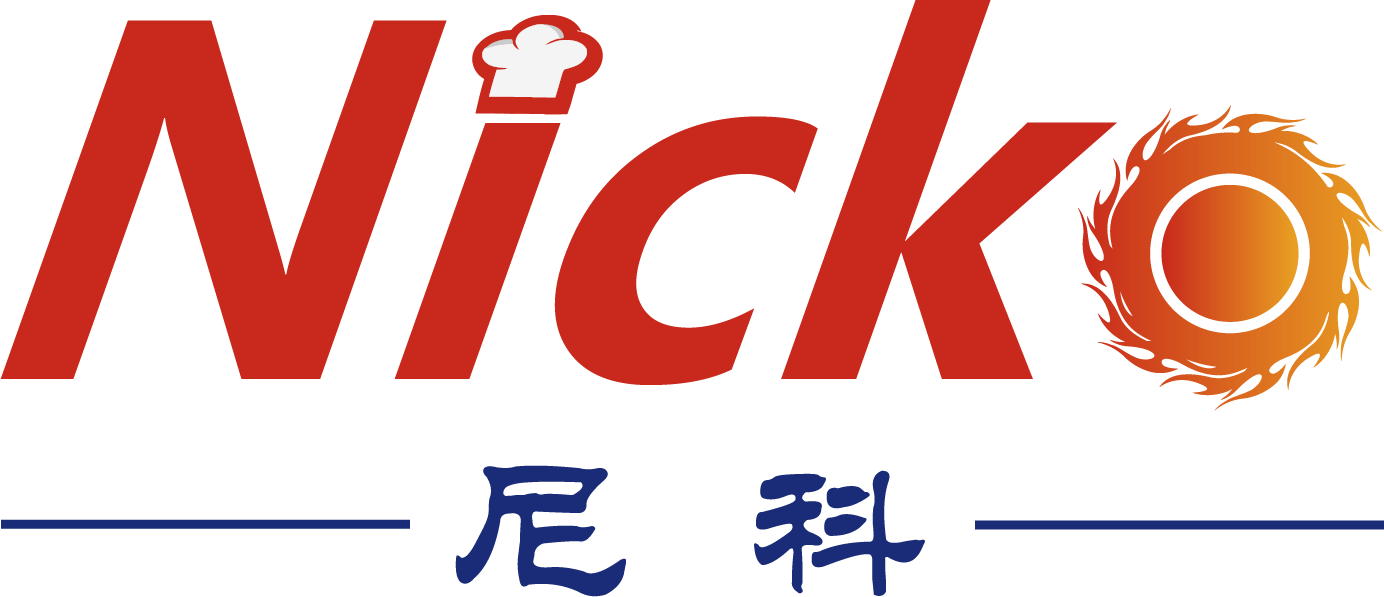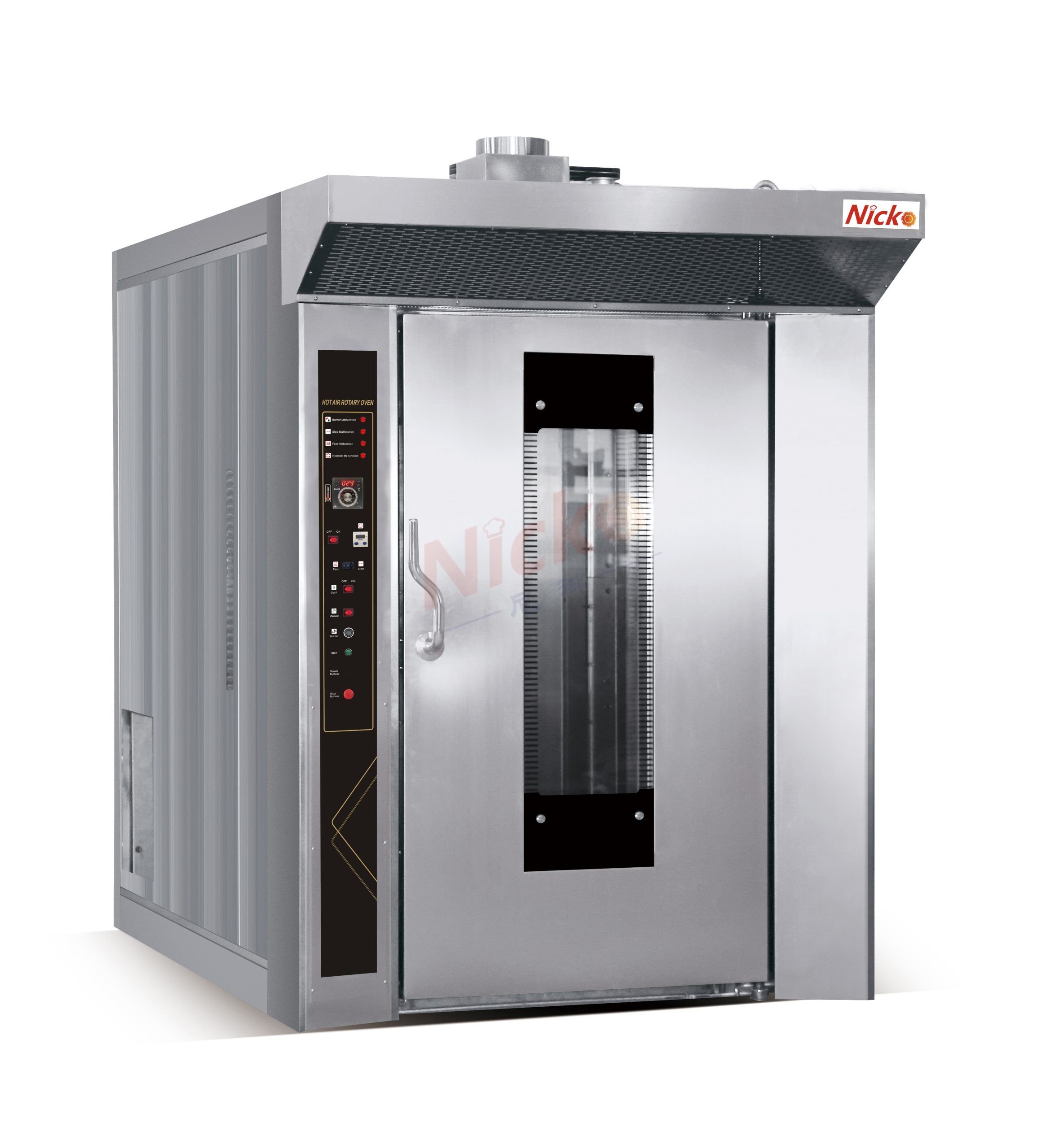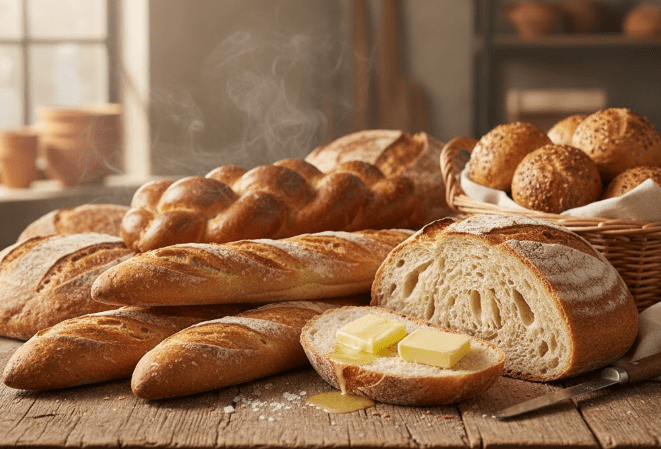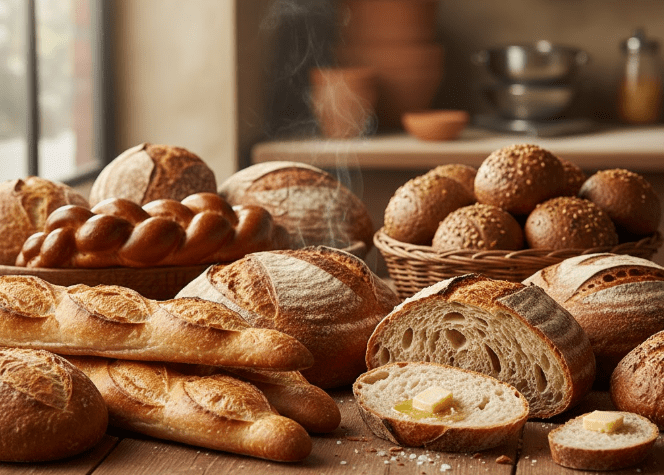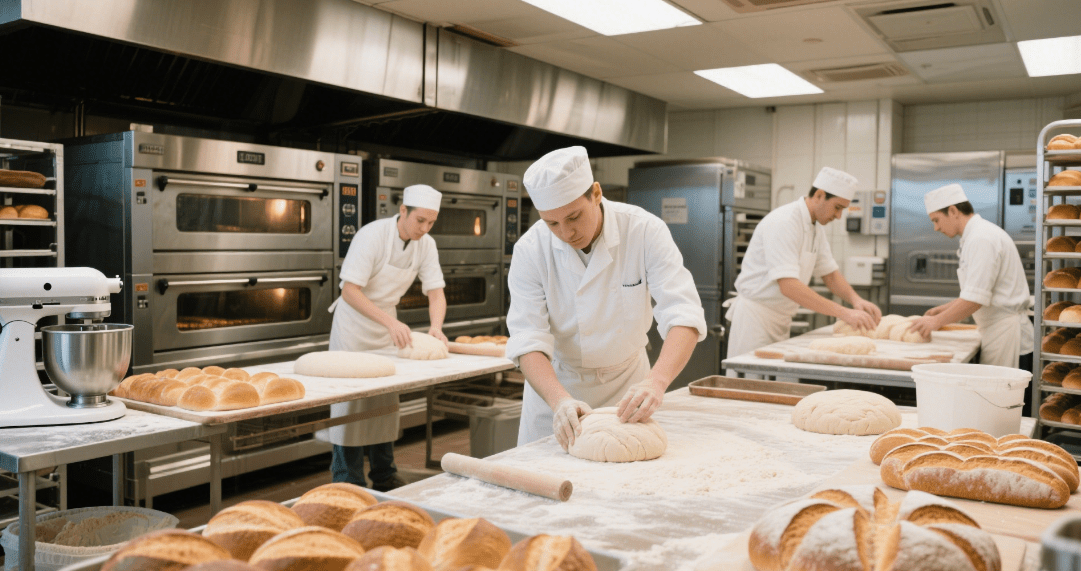A Comprehensive Guide for Bakers and Business Owners
Rotary ovens are a popular choice among bakers and business owners for their efficiency and versatility. These ovens have a rotating rack that allows for even baking of multiple products at once. In this guide, we’ll provide a comprehensive overview of rotary ovens and their features, benefits, and maintenance.
Features of Rotary Ovens
Rotary ovens come in various sizes, ranging from small countertop models to large commercial units. They also come in gas or electric options, and some models offer the ability to switch between the two. Rotary ovens typically have a maximum temperature range of 500 to 600 degrees Fahrenheit, which is suitable for most baking needs.
Benefits of Rotary Ovens
One of the biggest benefits of rotary ovens is their even baking capabilities. The rotating rack ensures that heat is distributed evenly throughout the oven, which eliminates the need to rotate products during baking. This results in consistent and high-quality baked goods, which is essential for commercial bakers and business owners.
Rotary ovens also offer increased efficiency compared to traditional convection ovens.
The rotating rack allows for more products to be baked at once, which means less time spent on baking and more time for other tasks. This can lead to increased productivity and profitability for business owners.
Maintenance of Rotary Ovens
Proper maintenance is essential for keeping rotary ovens in good working condition. Regular cleaning of the oven’s interior and exterior can help prevent buildup of food particles and debris, which can affect the oven’s performance. It’s also important to inspect the oven’s heating elements, fans, and motors regularly to ensure they are functioning properly.
Conclusion
Rotary ovens are a popular choice for bakers and business owners due to their efficiency, versatility, and even baking capabilities. When choosing a rotary oven, it’s important to consider factors such as size, fuel type, and temperature range. Proper maintenan
